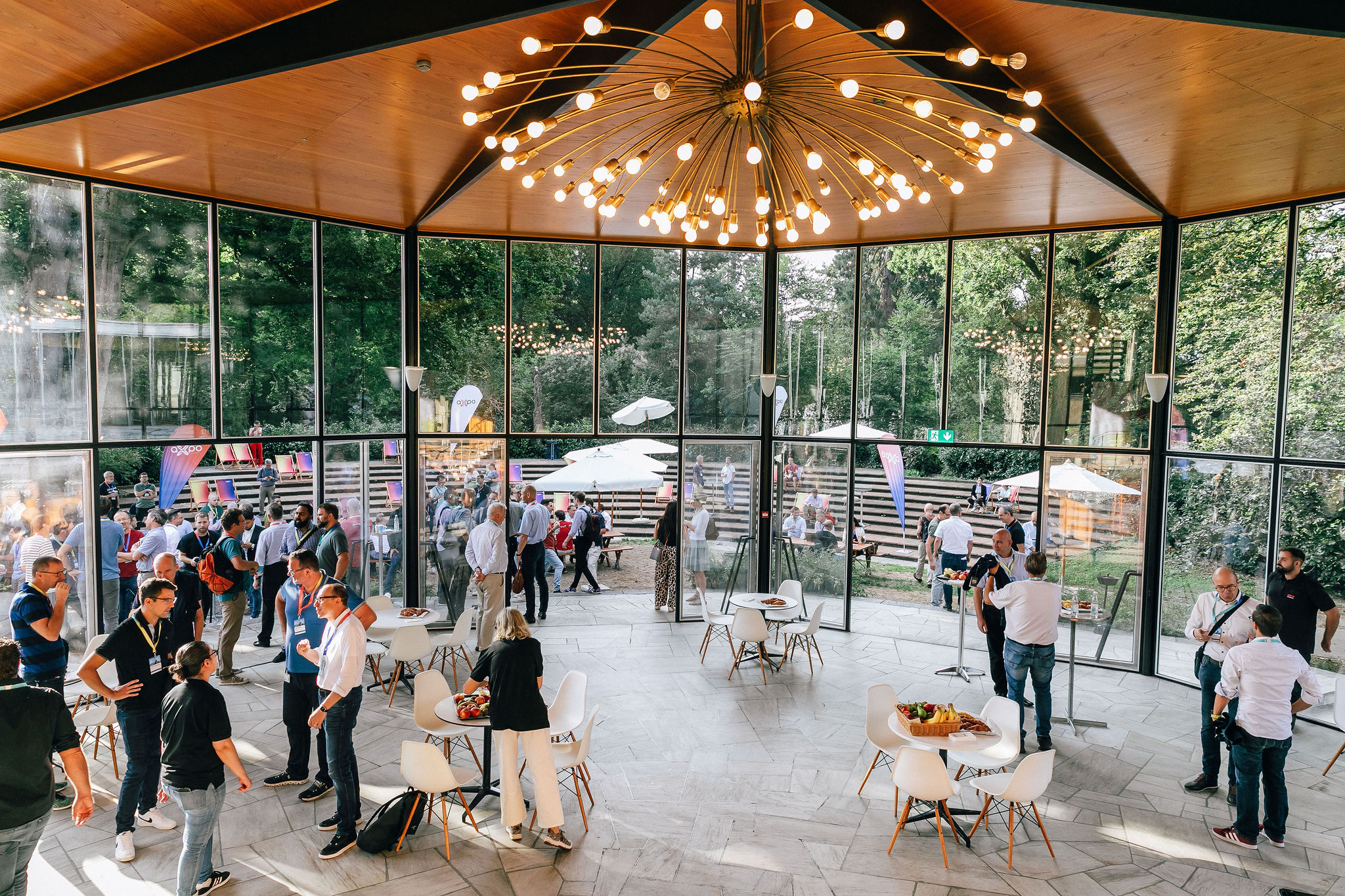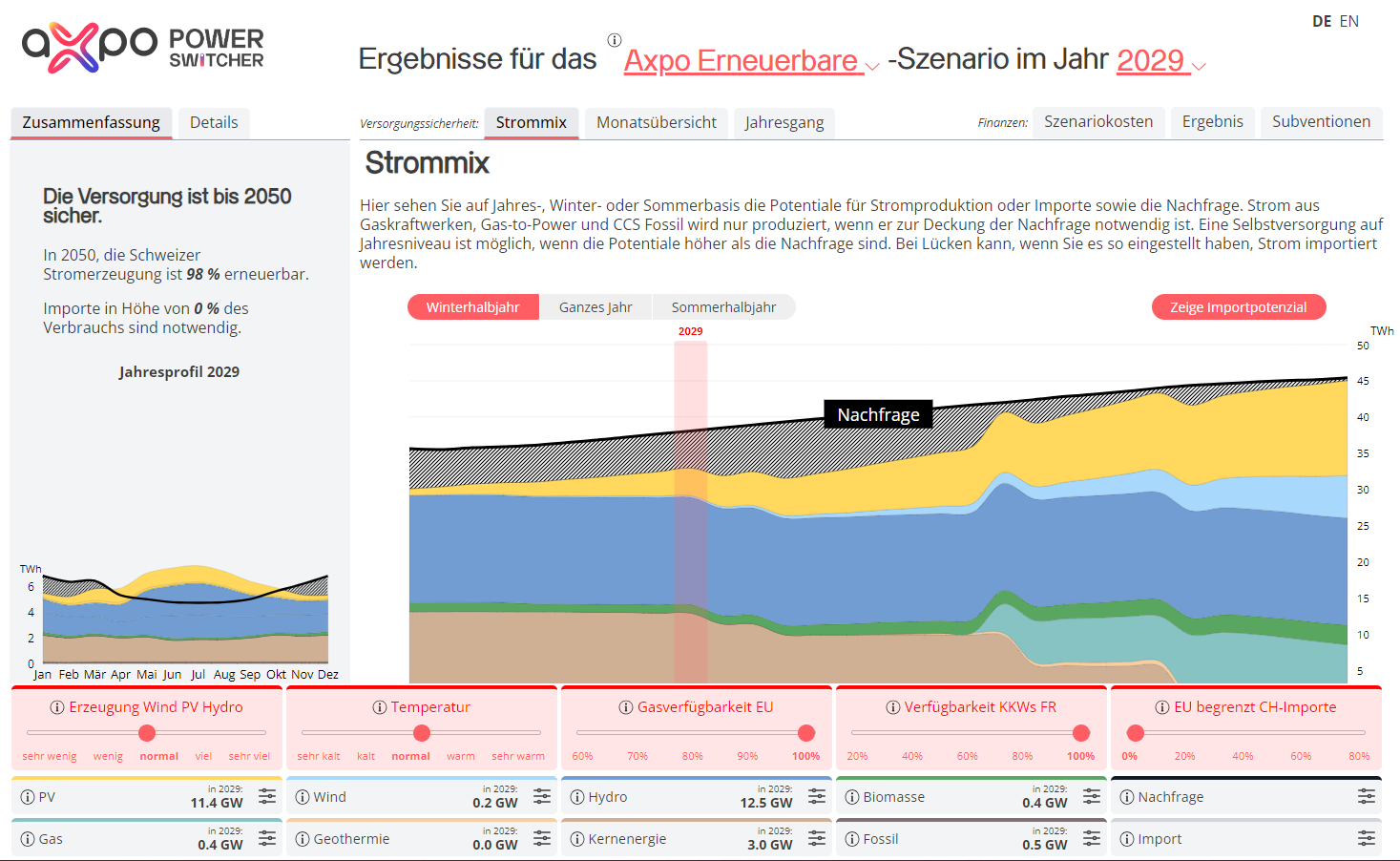24.10.2018 | Three examples of the digitalisation process at Axpo
Calculating robot
Axpo is moving forward with digitalisation. Several successful projects have already been implemented thanks to the use of robots, highly sensitive sensors and data-based analyses. Furthermore, a new Digital Competence Center is being developed as part of the new corporate strategy.
As of November, a new department will be established at Axpo. Under the management of Francois Julita, innovations and digital transformation will be systematically developed and advanced. "This is important and the right step," says Martin Everts, Head of Strategy & Transformation at Axpo. "Our future will become increasingly digital. We want to actively develop our know-how in the areas of advanced analytics, predictive maintenance and process automation. The goal is to improve the Axpo financial result, to effectively use the experience of Axpo's customers and employees, and to shape the energy future with new products and services," says Everts.
The scope of Axpo's digitalisation can be seen in the following three examples.
Diligent robot for the back office
A robot has been at work in accounting for a few months. At the end of every month it easily and quickly reconciles the accounts in the SAP accounting system with the e-banking accounts. After completing the check, it sends an email with a list of the checked accounts including deviations to an employee that does the follow up work. Where once several people from Accounting Services, Accounting Hydro and Treasury were involved in a time-intensive reconciliation process, the diligent robot handles this work behind the scenes. Roland Mörker, Project Manager Axpo Finance, introduced and supported the robot: "The robot not only decreases the work load. We also have to do fewer checks in the internal control system (ICS). I am very pleased with the completed pilot project and also look forward to the operative continuation in other areas in the Group," says Mörker.
Digital ear listens to machines
In the future, predictive maintenance will be used in the Axpo hydropower plants: For example, highly sensitive sensors in the engine rooms of hydropower plants record the sounds of the machines in operation. As soon as the machine sound changes in any way the maintenance team is notified of the deviation from the "normal state". "In the future, we expect to be able to more quickly find out when a machine needs service by attaching the sensors. This will reduce the work load. More importantly predictable short notice machine standstills – in contrast to unpredictable ones - save money because we can procure the replacement energy beforehand on the market or switch to other plants in the Axpo park," says Emil Bieri, Head of Commissioning Hydro Energy.
Model-based use of storage power plants
In a multi-year project, Gaudenz Koeppel, Head of Models & Optimization, and his team developed optimisation models for the short-term management of hydropower plant flexibility. This included the quarter-hourly transmission of various measurement data from the power plants to the optimisation system. This data makes it possible to optimise the entire hydropower plant portfolio based on the latest market prices and inflow prognoses on a daily basis and to calculate the value of power plant flexibility at any time. "Thanks to the linking of the systems, not only can the optimised trading schedule be transmitted to the hydropower plant turbine, but we will also be able handle the flexibility on the market more automatically in the future. Thanks to these measures we can continue to optimally market our power plants even in a more short-term market environment," Gaudenz Koeppel is convinced.




.jpg)





